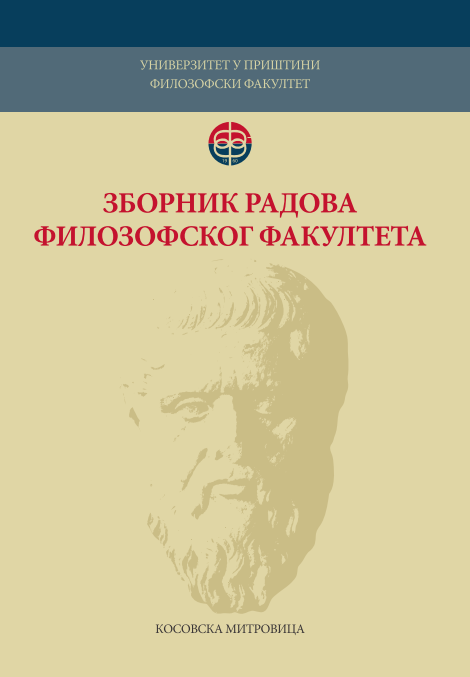Метафора у терминолошким колокацијама у енглеском и њихови преводни еквиваленти у српском језику
Metaphors in terminological collocations in English language and their equivalents in Serbian
Author(s): Lidija Orčić, Admir GorčevićSubject(s): Language studies, Language and Literature Studies, Foreign languages learning
Published by: Филозофски факултет, Универзитет у Приштини
Keywords: collocations; terminology; business English; metaphor; translation; Serbian
Summary/Abstract: The framework of this paper is the theory of conceptual metaphor where metaphor is the transfer of a more concrete source domain into a more abstract target domain. Metaphor is a fundamental human ability to speak about abstract concepts using specific terms where the meaning of a term is transferred to another, thus achieving semantic extensions. Although it was thought that in terminology polysemantic expressions are not desirable, in recent decades this traditional view has been abandoned. Metaphor is used not only as a linguistic decoration in language, but as a means of argumentation. It may be noted that the metaphor, as a universal phenomenon, is also common in business English discourse. The subject of our interest is to investigate collocations made up of those nouns and adjectives, which, according to the Oxford Business English Dictionary for Learners of English, are most frequently used in this field. The main objective of this work is to identify and analyze the source and target domains in metaphors in English collocations that contain these nouns and adjectives, and detect mechanisms applied in translating into Serbian. We categorised metaphors in collocations into four groups. The first group consists of metaphors in which the source domain is expressed with the living beings: inanimate entities are described as if they were alive. In these examples, the personification is used to explain abstract concepts, forces and processes in order to present them in a more understandable way. The second group consists of metaphors in which animals are the source domain and their behavior and characteristics serve as a starting point. In business discourse people and institutions are described with such metaphors. In the third group we included the metaphors based on objects that users are familiar with in everyday life. The fourth group consists of metaphors in which the source domain are natural phenomena. When translating a metaphor we encounter some difficulties, because there are various factors that influence the way in which the metaphorical meaning is transferred from one language to another. The problem is even greater when the demand for brevity and unambiguousness are indispensable prerequisites, which is the case with terminology. We wanted to find out which translation strategies are used. As a conclusion to this study we can say that metaphors in collocations may be translated in three ways: a) by an equivalent metaphor corresponding to the metaphor used in English (M⇒M), although sometimes with a different syntactic structure; b) a metaphor in English language is translated with another type of metaphor in Serbian (M1⇒M2); c) a metaphor in English is paraphrased (M⇒P).
Journal: Зборник радова Филозофског факултета у Приштини
- Issue Year: 47/2017
- Issue No: 1
- Page Range: 199-215
- Page Count: 17
- Language: Serbian

